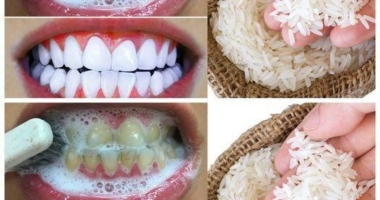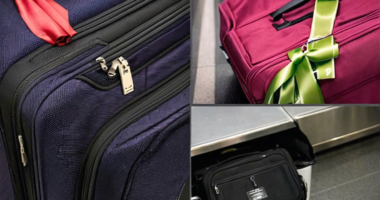Corneal transplants can be a vital medical intervention to restore vision in patients with eye diseases. While approximately 80,000 corneal transplantations are performed annually in the US, graft rejection rates can be as high as 10% due to poor patient compliance with medication. A team of researchers at Virginia Commonwealth University has developed a nanoparticle approach that encapsulates medication to control the release over time, requiring only a single injection after corneal transplantation surgery. This approach eliminates the need for frequent eyedrops, improving patient compliance, treatment efficacy, and safety profiles. In preclinical corneal graft rejection models, the nanoparticle approach prevented corneal graft rejection for six months and reversed early rejection signs, maintaining corneal grafts for six months without rejection. With a focus on developing nanotherapeutics for safer and more effective treatment of various eye diseases, the researchers received support from the National Eye Institute and National Institutes of Health.
Nanoparticles Could Revolutionize Corneal Transplants for Improved Patient Compliance and Recovery
Corneal transplants are an essential medical intervention for restoring vision in patients with eye diseases. In the US alone, approximately 80,000 corneal transplantations are performed each year, with over 184,000 surgeries worldwide. However, the corneal grafts can face rejection rates as high as 10%, largely due to poor patient compliance with medication.
Patients need to apply topical eyedrops frequently over a long period to prevent graft rejection, and when early signs of rejection occur, patients must apply eyedrops hourly. This tedious process often leads to noncompliance and even higher graft-rejection rates.
A team of researchers led by Virginia Commonwealth University has developed a novel approach using nanoparticles to encapsulate medication, providing a significant improvement in patient compliance. The drug dexamethasone sodium phosphate, commonly used for treating ocular inflammation, non-infectious uveitis, macular edema, and corneal neovascularization, is encapsulated within each nanoparticle.
Using the nanoparticles to control the medication release over time, the patient requires only one injection right after the corneal transplantation surgery, eliminating the need for frequent eyedrops. The medication maintains its efficacy for six months on a corneal graft rejection model, significantly improving patient compliance, treatment efficacy, and safety profiles.
This method also requires much lower doses than current standard eyedrop treatments, providing better efficacy and safety profiles. The nanoparticles are tiny, around 200 nanometers, and enable the release of the drug for up to six months after a single subconjunctival injection along the eyeball.
Qingguo Xu, D.Phil., the principal investigator of this project, said the team’s research aimed to improve patient compliance and treatment efficacy by developing nanoparticles. This approach, developed in collaboration with Justin Hanes, Ph.D., the Lewis J. Ort professor of ophthalmology at Johns Hopkins University, could revolutionize corneal transplants and improve the lives of thousands of patients worldwide.
Nanoparticles Show Promise in Preventing Corneal Graft Rejection
Researchers at Virginia Commonwealth University have developed a nanoparticle approach to prevent corneal graft rejection. Using the nanoparticle approach, the medication is encapsulated, providing controlled release over time, and enabling patients to receive only a single injection after corneal transplantation surgery. This method eliminates the need for frequent eyedrops and significantly improves patient compliance, treatment efficacy, and safety profiles. In preclinical corneal graft rejection models, the single dosing of the nanoparticle successfully prevented corneal graft rejection for six months. Additionally, the nanoparticle approach reversed early rejection signs and maintained corneal grafts for six months without rejection.
Don’t miss interesting posts on Famousbio









